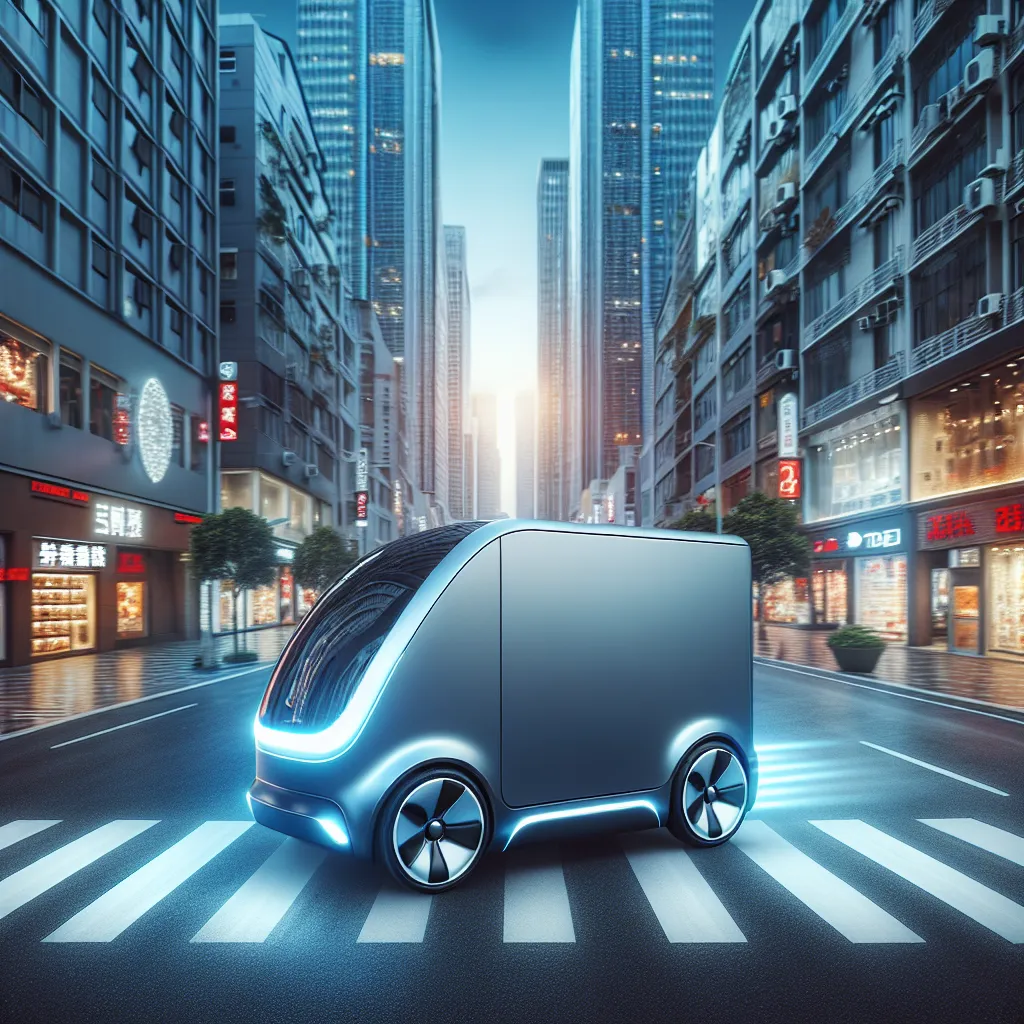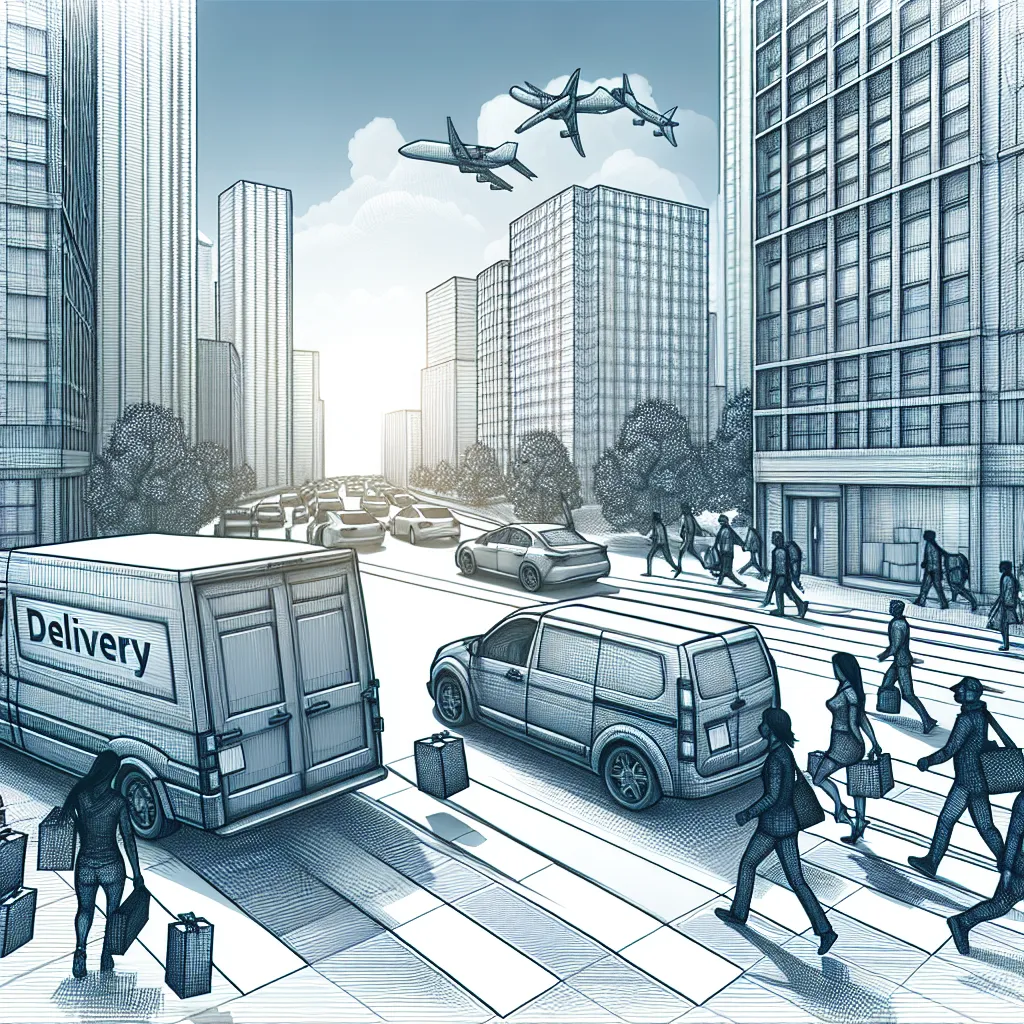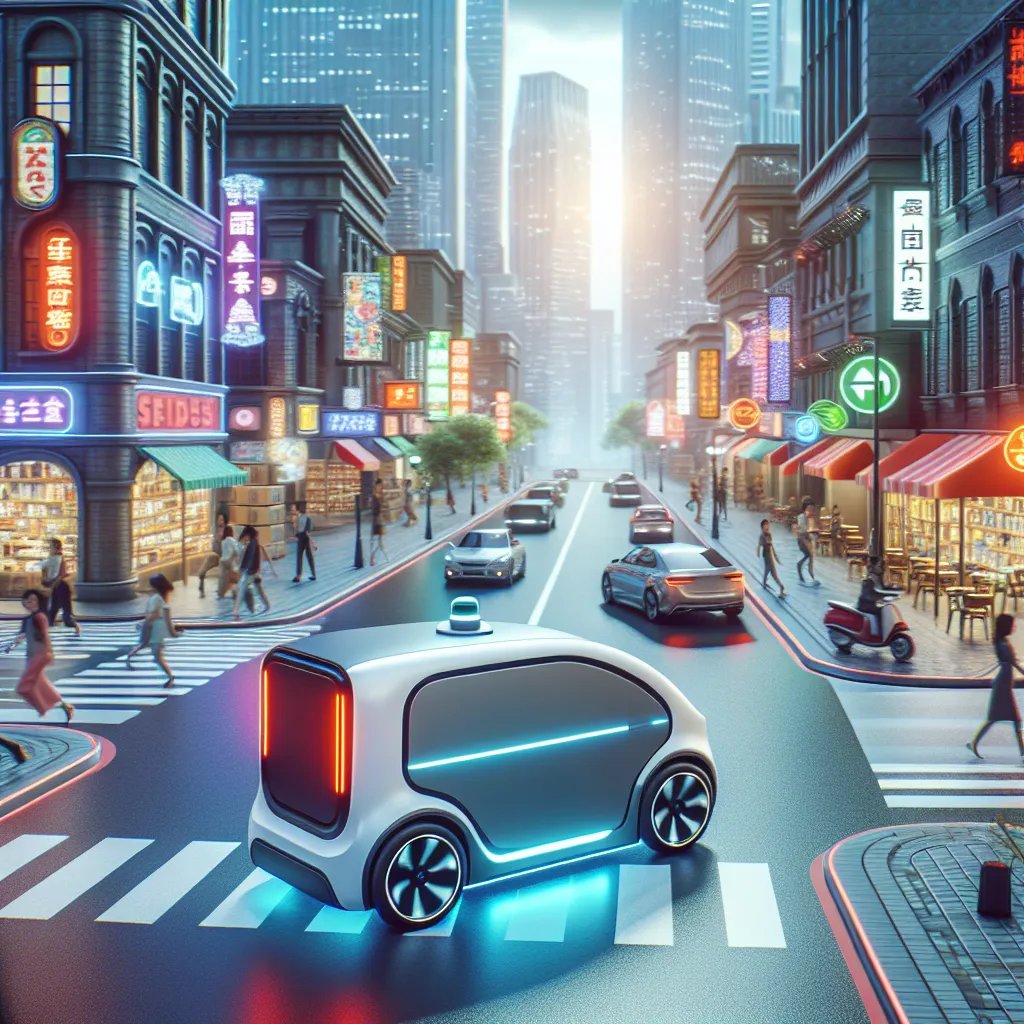Advancements in Autonomous Delivery Vehicle Technology
Advancements in autonomous delivery vehicle technology are shaping the future of logistics and supply chain management. The development of advanced sensors, artificial intelligence, and machine learning algorithms has greatly improved the capabilities of autonomous delivery vehicles. These vehicles are now capable of navigating complex urban environments, avoiding obstacles, and making real-time decisions to ensure efficient and safe deliveries. Furthermore, the integration of advanced communication systems allows autonomous delivery vehicles to interact with other vehicles, infrastructure, and even pedestrians, enhancing their ability to operate seamlessly within busy city streets.
In addition to technological advancements, the use of electric and sustainable energy sources in autonomous delivery vehicles is gaining momentum. Companies are investing in the development of eco-friendly and energy-efficient delivery vehicles, reducing environmental impact and operating costs. The integration of smart routing and optimization algorithms further enhances the efficiency of autonomous delivery vehicles, ensuring timely and cost-effective deliveries.
Furthermore, advancements in vehicle-to-vehicle communication and autonomous platooning technology enable multiple autonomous delivery vehicles to travel in close proximity, reducing aerodynamic drag and improving fuel efficiency. This advancement has the potential to revolutionize last-mile delivery by enabling fleets of autonomous vehicles to work together, optimizing delivery routes, and coordinating deliveries to multiple locations simultaneously.
In conclusion, the continuous advancements in autonomous delivery vehicle technology are driving the transformation of the logistics industry. With improved capabilities, eco-friendly designs, and enhanced efficiency, autonomous delivery vehicles are poised to play a significant role in redefining the future of urban logistics and last-mile delivery.
Challenges and Opportunities for Autonomous Delivery Vehicles
In recent years, the development of autonomous delivery vehicles has garnered significant attention as companies seek innovative solutions to optimize their supply chain and last-mile delivery operations. However, this burgeoning industry is not without its challenges and opportunities.
One of the primary challenges facing autonomous delivery vehicles is regulatory compliance. As these vehicles operate in public spaces, ensuring that they adhere to local and national regulations presents a significant hurdle. From safety standards to navigating complex traffic laws, manufacturers and developers must work closely with regulatory bodies to establish clear guidelines for the deployment of these vehicles.
Another pressing challenge is the integration of autonomous vehicles into existing infrastructure and delivery frameworks. Coordinating the interaction between autonomous delivery vehicles and human-operated systems, such as loading docks and delivery points, requires seamless integration and advanced logistical planning.
Despite these challenges, the opportunities presented by autonomous delivery vehicles are substantial. These vehicles have the potential to revolutionize last-mile delivery, offering cost-effective and efficient solutions for e-commerce companies and traditional retailers alike. By leveraging autonomous vehicles, businesses can streamline their delivery processes, reduce operational costs, and minimize their environmental impact through optimized route planning and energy-efficient transportation.
Moreover, the integration of artificial intelligence and machine learning empowers autonomous delivery vehicles to continually improve their performance. From real-time route optimization to predictive maintenance, these vehicles can leverage data and advanced algorithms to enhance their capabilities, ultimately leading to more reliable and responsive delivery services.
In conclusion, while autonomous delivery vehicles face notable challenges in terms of regulatory compliance and integration, the opportunities they present for revolutionizing the delivery industry are immense. As technology continues to advance and stakeholders collaborate to address these challenges, the future of autonomous delivery vehicles holds great promise for transforming the way goods are transported and delivered.
Impact of Autonomous Delivery Vehicles on Last-Mile Logistics
Autonomous delivery vehicles are revolutionizing last-mile logistics, significantly impacting the efficiency and sustainability of the supply chain. With the ability to operate 24/7 and navigate through traffic with minimal human intervention, these vehicles promise to streamline the delivery process and reduce operational costs for businesses.
One of the key impacts of autonomous delivery vehicles on last-mile logistics is the potential for faster and more precise deliveries. By leveraging advanced route optimization algorithms and real-time data analysis, these vehicles can identify the most efficient delivery routes, minimizing delays and enhancing customer satisfaction. Additionally, autonomous vehicles can adapt to changing traffic conditions and road closures, ensuring reliable and on-time deliveries.
Furthermore, the integration of autonomous delivery vehicles into last-mile logistics has the potential to reduce the carbon footprint of the transportation industry. By utilizing electric or alternative fuel-powered autonomous vehicles, companies can mitigate the environmental impact of traditional delivery methods, contributing to a more sustainable future.
In conclusion, the adoption of autonomous delivery vehicles is poised to revolutionize last-mile logistics, offering benefits such as improved efficiency, reduced environmental impact, and enhanced customer experience. As technology continues to advance, the seamless integration of autonomous vehicles into the supply chain will play a pivotal role in shaping the future of logistics and transportation.




